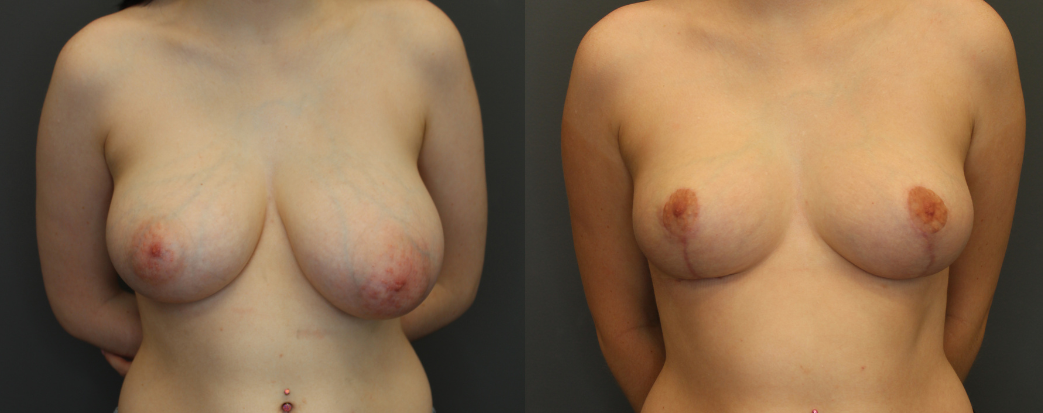GLP-1: MENOPAUSE IS NOT THE END OF VITALITY
GLP-1: MENOPAUSE IS NOT THE END OF VITALITY
Menopause is not the end of vitality — it’s the beginning of a new chapter!

Let’s get real, ladies! Menopause is an inevitable and agonizing mid-life sentence. At Dr. Goldberg’s practice, we offer individualized, physician-directed GLP-1 therapy designed to help you take back control of your body and feel like yourself again.
Whether you’re struggling with hot flashes, stubborn weight gain, low energy, mood changes, or disrupted sleep, we’re here to help you find lasting relief — and rediscover your best self.
If menopause has disrupted your metabolism, you’re not alone. Our GLP-1 therapy, starting at just $299/month, supports healthy, sustainable weight loss by reducing appetite, improving insulin sensitivity, and optimizing how your body processes food. It’s a safe, effective way to reshape not just your body — but your confidence.
Feel balanced. Feel revitalized. Feel like you again.
Contact us today to schedule a consultation with Dr. Goldberg and begin your personalized wellness journey.
A New Frontier in Menopause Care: GLP-1 Agonists & Micro-dosing
Luckily, there are new and transformative methods to circumvent the symptoms we all hate: hot flashes, night sweats, weight gain, brain fog, mood swings, disrupted sleep, and decreased libido. While menopause is universal, the intensity of symptoms don’t have to be!
Emerging research and clinical practice are revealing promising benefits of GLP-1 receptor agonists—a class of medications originally developed for diabetes and weight management—in supporting women through menopause and perimenopause. By targeting metabolic, inflammatory, and hormonal pathways, GLP-1 agonists may help address some of the most challenging symptoms of menopause, including weight gain, insulin resistance, brain fog, and mood shifts.
Even more intriguing is the potential of micro-dosing protocols, which use lower, more targeted doses of GLP-1 medications. These approaches may reduce side effects of menopausal hormonal shifts while still delivering benefits such as appetite regulation, improved energy balance, and reduced systemic inflammation.
The intersection of metabolic medicine and women’s health opens the door to innovative, personalized care strategies for navigating menopause with greater ease and resilience.
The Scientific Explanation for Alleviating your Symptoms:
1. Weight Gain & Increased Visceral Fat
- How GLP-1 Helps: GLP-1 agonists reduce appetite, slow gastric emptying, and improve insulin sensitivity, which can help counter the midlife metabolic slowdown and abdominal fat accumulation commonly seen in menopause.
- Why It Matters: Estrogen decline during menopause shifts fat storage from hips and thighs to the abdomen, increasing cardiometabolic risk. GLP-1s can reverse or blunt this trend.
2. Insulin Resistance & Blood Sugar Fluctuations
- How GLP-1 Helps: These drugs increase insulin secretion and reduce glucagon, improving overall glycemic control. This is especially helpful as menopause raises the risk of type 2 diabetes.
- Why It Matters: The drop in estrogen contributes to insulin resistance. GLP-1s help restore glucose metabolism balance.
3. Brain Fog, Mood Changes, and Anxiety
- How GLP-1 May Help: There's growing evidence that GLP-1s may have neuroprotective and anti-inflammatory effects in the brain. Some users report improved mood, clarity, and reduced anxiety. Clinical data is still emerging.
- Why It Matters: Estrogen plays a role in brain function, so its decline can cause cognitive and emotional shifts. GLP-1s may mitigate some of this via improved metabolic and neuroinflammatory regulation.
4. Fatigue & Low Energy
- How GLP-1 Helps: By stabilizing blood sugar and reducing post-meal crashes, GLP-1s may improve your energy level. Also, weight loss and better sleep contribute to feeling more energized!
- Why It Matters: Fatigue is a major and under-addressed symptom of menopause; metabolic support can help restore energy balance.
5. Chronic Inflammation
- How GLP-1 Helps: These drugs have anti-inflammatory effects, potentially lowering CRP and other markers of systemic inflammation.
- Why It Matters: Menopause is linked to increased low-grade inflammation, which accelerates aging and worsens symptoms. GLP-1s may reduce this burden.
While not a replacement for hormone therapy, GLP-1 agonists offer a novel, non-hormonal approach to managing menopause symptoms, especially those related to metabolism, mood, and inflammation. Techniques like micro-dosing may make this even more accessible, offering great benefits with fewer side effects!








